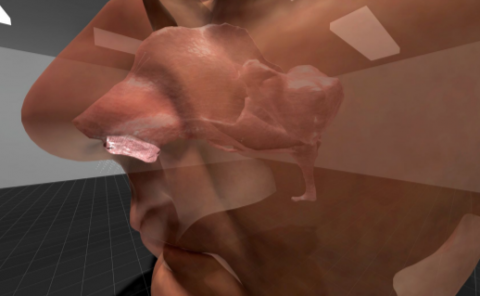Designing and Evaluating an Adaptive Virtual Reality System using EEG Frequencies to Balance Internal and External Attention States
PubDate: Nov 2023
Teams:University of Bremen
Writers: Francesco Chiossi, Changkun Ou, Carolina Gerhardt, Felix Putze, Sven Mayer
Abstract
Virtual reality finds various applications in productivity, entertainment, and training scenarios requiring working memory and attentional resources. Working memory relies on prioritizing relevant information and suppressing irrelevant information through internal attention, which is fundamental for successful task performance and training. Today, virtual reality systems do not account for the impact of working memory loads resulting in over or under-stimulation. In this work, we designed an adaptive system based on EEG correlates of external and internal attention to support working memory task performance. Here, participants engaged in a visual working memory N-Back task, and we adapted the visual complexity of distracting surrounding elements. Our study first demonstrated the feasibility of EEG frontal theta and parietal alpha frequency bands for dynamic visual complexity adjustments. Second, our adaptive system showed improved task performance and diminished perceived workload compared to a reverse adaptation. Our results show the effectiveness of the proposed adaptive system, allowing for the optimization of distracting elements in high-demanding conditions. Adaptive systems based on alpha and theta frequency bands allow for the regulation of attentional and executive resources to keep users engaged in a task without resulting in cognitive overload.



